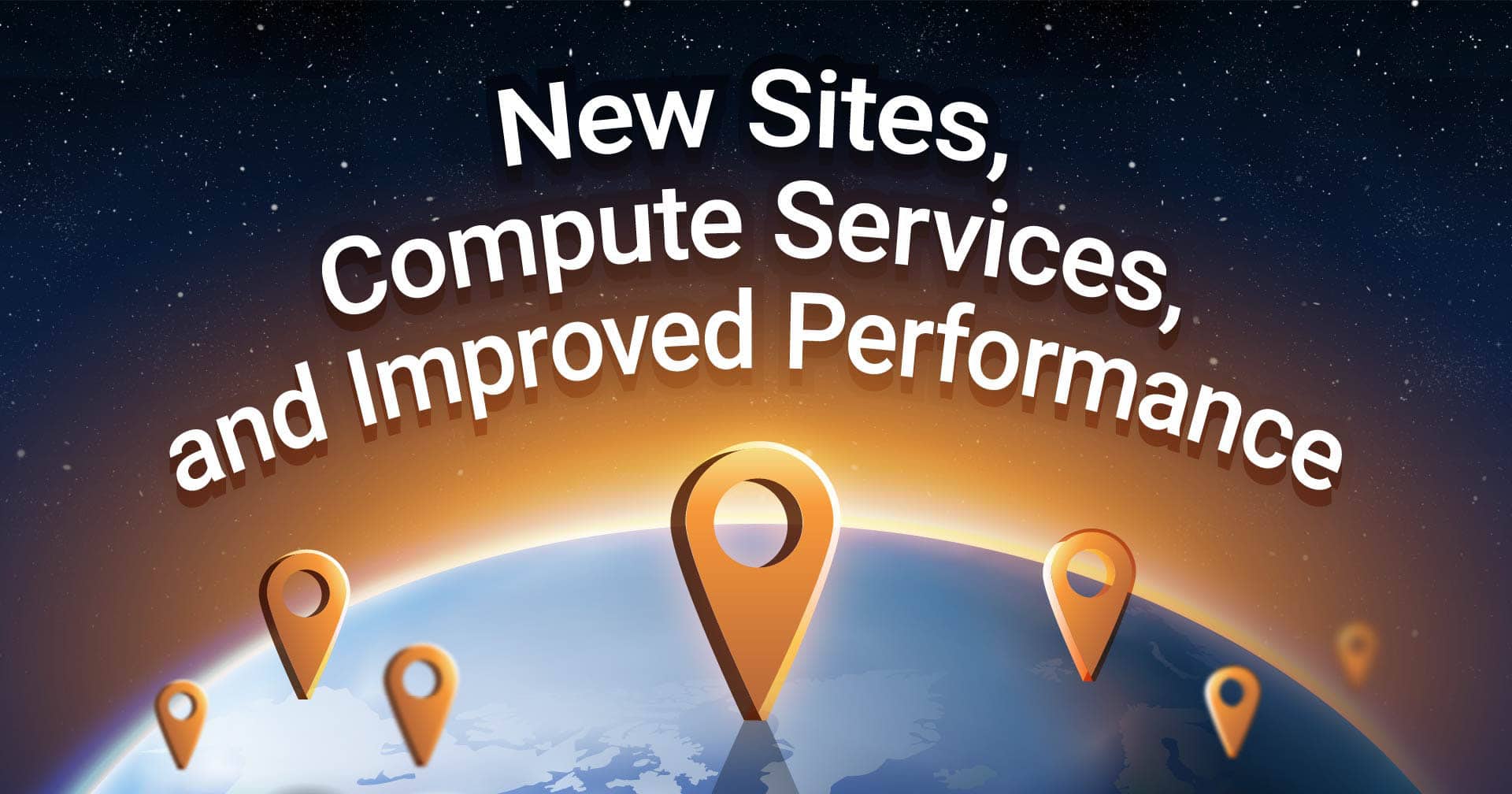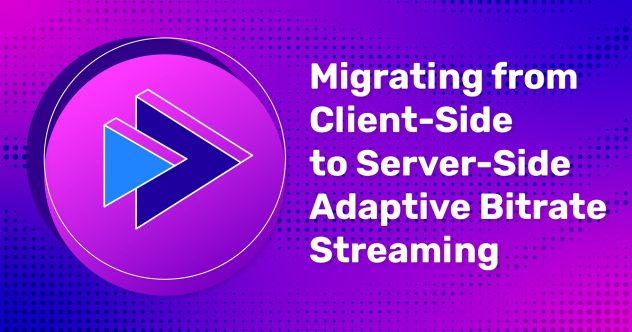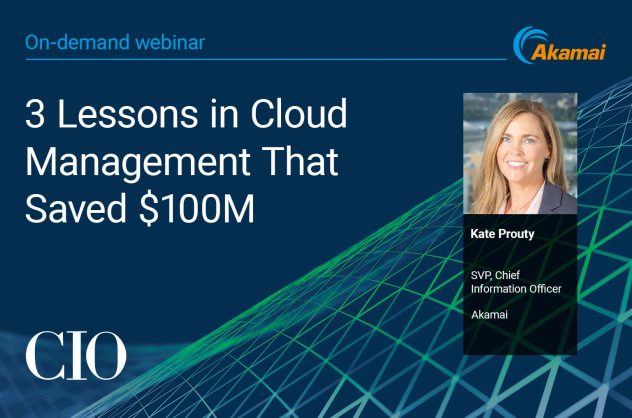Today we took the wraps off of three exciting new cloud computing sites that continue our journey to build a cloud for the needs of the next decade, not the last. In addition to the new sites, we announced new premium instances, doubled the capacity of our object storage, and introduced plans to launch a global load balancer.
The expansion and enhancements are based on feedback we have received from you, and the increasing number of commercial customers attracted to the portability, performance, and price at the heart of what we deliver. They are also key pieces of our vision to challenge industry norms by opening the door to a distributed design that meets the needs of modern applications that increasingly require higher performance, lower-latency, and true global scalability current cloud architectures were not built to provide.
Five New Sites
The new cloud computing sites—strategically located in Paris, Washington, D.C., and Chicago, with Seattle and Chennai, India opening later this quarter—are the first step in putting compute, storage, database, and other services on top of the same underlying backbone that powers our edge network today, connecting them to the most distributed edge network on the planet. They are built on a new architecture design and hardware configuration to enable high-performance, scalable cloud resources. The new sites more than double our global capacity.
New Premium Instances
Our new premium instances deliver consistent performance, predictable resource and budget allocation, and simpler SKU management for larger commercial workloads. The new instance types guarantee the highest level of performance for CPU intensive or latency sensitive workloads running on the best available AMD EPYCTM processors.
Premium compute instances also make it easier to manage multiple deployments and upgrades without complicated SKU matching which can often see in excess of 100,000 changes a month across the top three legacy hyperscale providers. The new premium service, available across each of the newly launched sites, adds to our existing shared and dedicated offerings.
Doubling Object Storage Capacity
We also doubled the capacity of our object storage to one petabyte and one billion objects per bucket. The upgrade allows you to access higher data volumes to build scalable, performant, and low-latency cloud-native applications and analytics solutions. Clusters with the increased limits will be available in the new sites announced today. Our storage roadmap will continue to expand the service to new sites while increasing capacity and capabilities, including multi-cluster support for horizontal scaling and automated bucket placement to optimize resource utilization.
New Global Load Balancer
Lastly, we announced plans to launch Akamai Global Load Balancer later this quarter. It will be the first of several planned integrated services following Akamai’s acquisition of Linode. The new global load balancing capabilities ensure no single point of failure, routing traffic requests to the optimal data center to minimize latency. Akamai Global Load Balancer bridges existing functionality of Linode NodeBalancers for local traffic load balancing, with existing Akamai Global Traffic Manager and Application Load Balancer services. The resulting integration allows you to select between local and global load balancing across Akamai’s network.
You can access the new data centers, instances, and object storage capacity in Cloud Manager. More information about Akamai Connected Cloud and Akamai’s cloud computing services is available on the Akamai website.









Comments (2)
hi, is there a date to have this release? relaying on DNS balancing to balance balancers is something I would love to avoid.
Hey Guillermo – You can sign up to be contacted when Global Load Balancers go into beta by enrolling in the Linode Green Light program. I don’t have an ETA to share on when you can expect this, however, I can tell you we are actively working on bringing this product to our customers.